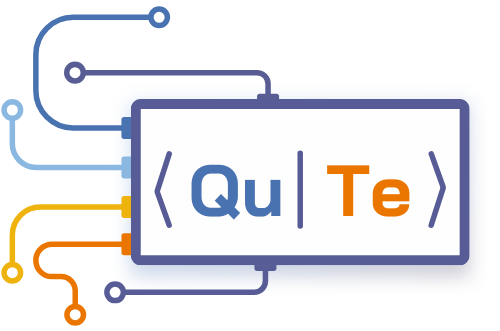ABSTRACT
High-fidelity quantum simulations demand hardware-software co-design architectures, which are crucial for adapting to complex problems such as strongly correlated dynamics in condensed matter. By leveraging co-design strategies, we can enhance the performance of state-of-the-art quantum devices in the noisy intermediate quantum (NISQ) and early error-correction regimes. In this direction, we propose a digital-analog quantum algorithm for simulating the Hubbard–Holstein model, describing strongly correlated fermion-boson interactions, in a suitable architecture with superconducting circuits. It comprises a linear chain of qubits connected by resonators, emulating electron–electron (e–e) and electron–phonon (e–p) interactions, as well as fermion tunneling. Our approach is adequate for digital-analog quantum computing (DAQC) of fermion-boson models, including those described by the Hubbard–Holstein model. We show the reduction in the circuit depth of the DAQC algorithm, a sequence of digital steps and analog blocks, outperforming the purely digital approach. We exemplify the quantum simulation of a half-filled two-site Hubbard–Holstein model. In this example, we obtain time-dependent state fidelities larger than 0.98, showing that our proposal is suitable for studying the dynamical behavior of solid-state systems. Our proposal opens the door to computing complex systems for chemistry, materials, and high-energy physics.
DETAILS
- Publication Year: 2025
- DOI 10.1038/s41534-025-01001-4
- Authors Shubham Kumar, Narendra N. Hegade, Anne-Maria Visuri, Balaganchi A. Bhargava, Juan F. R. Hernandez, E. Solano, F. Albarrán-Arriagada & G. Alvarado Barrios
- URL npj Quantum Inf. 11, 43 (2025)
